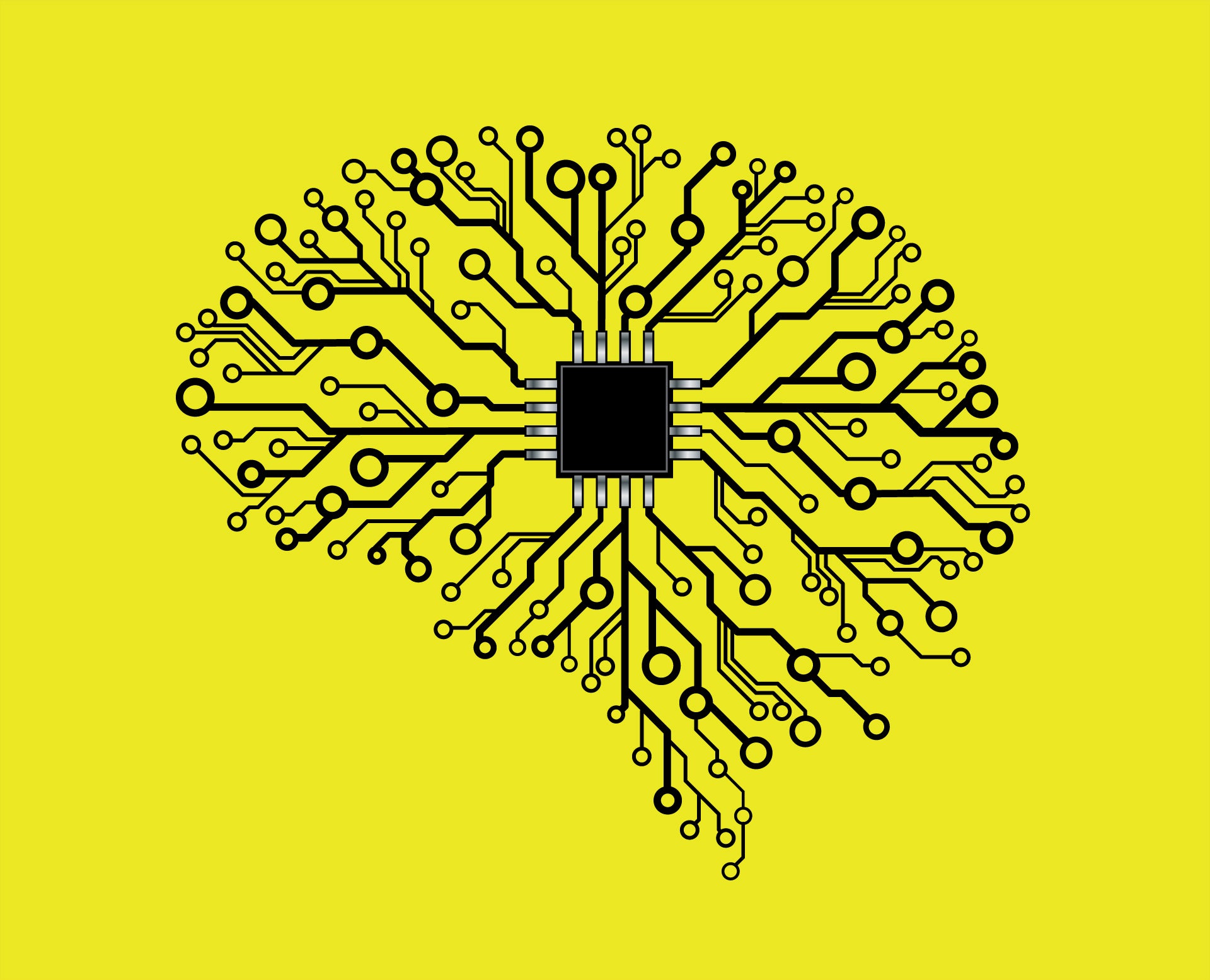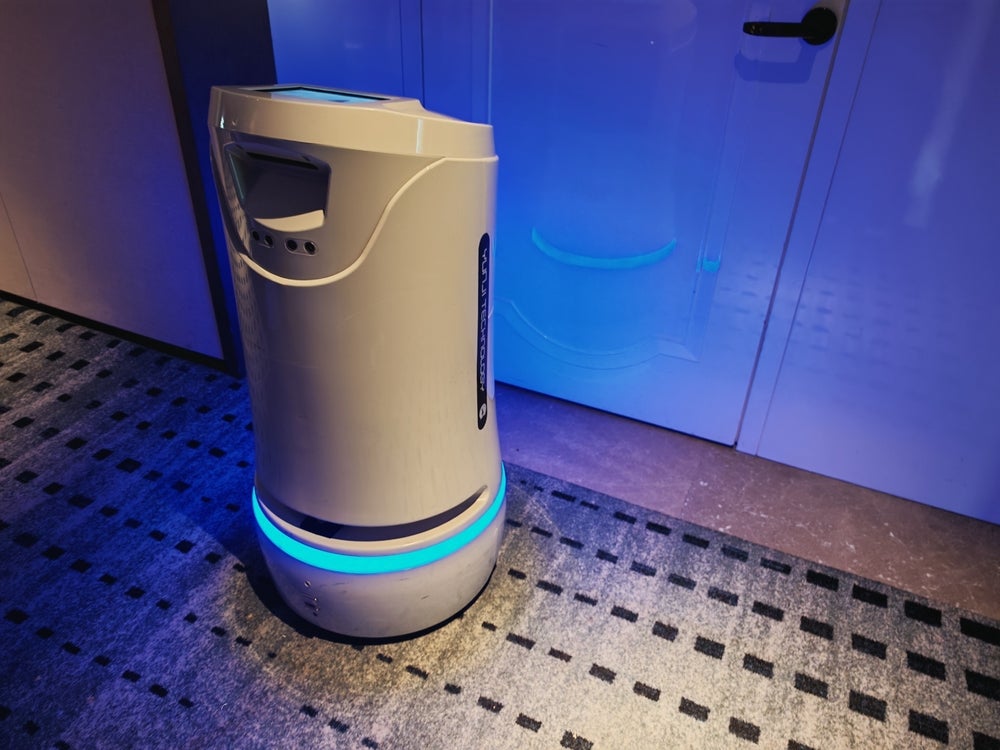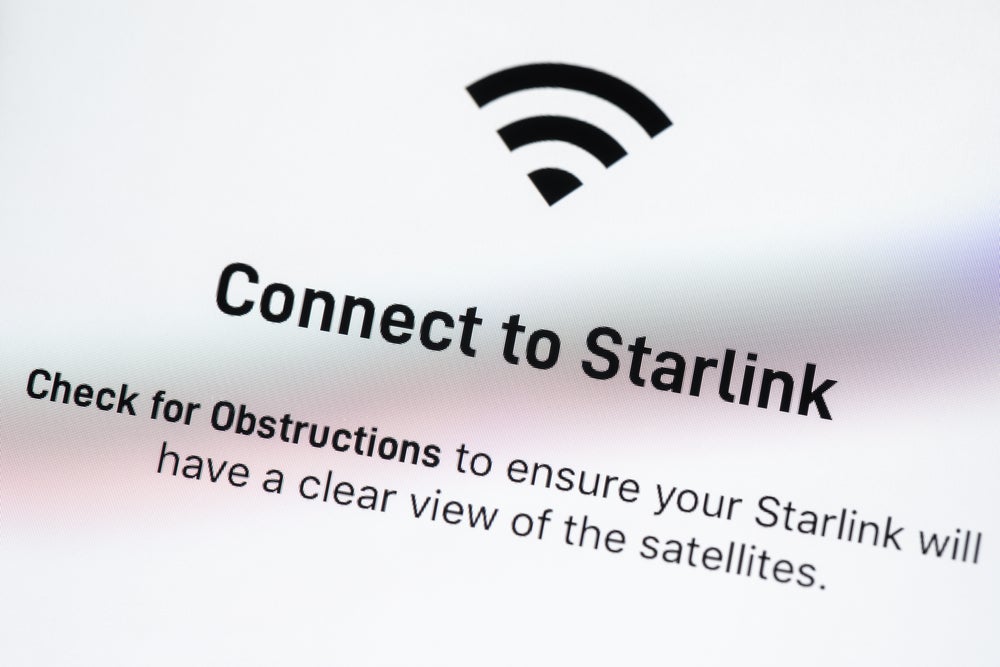
If we don’t merge our brains with artificial intelligence, we’re toast. As a species, we’ll be left in the dust of algorithms, the processing power of our grey matter dwarfed by that of machines.
At least that’s what Elon Musk, CEO of SpaceX and Tesla believes. But fear not – a company he founded is working on a solution to this problem. Neuralink, a US neurotechnology startup, announced on Tuesday that it has applied to US regulators to start human trials for its implant that connects the brain to a computer interface.
The brain-machine interface consists of a tiny implant containing more than 3,000 electrodes attached to flexible “threads”. These threads are thinner than a human hair and will carry inputs and outputs between the brain and a device.
Neuralink’s primary focus is to assist patients with severe neurological conditions, such as those who are paralysed, by allowing them to control a computer using their mind.
But Musk, known for his avant-garde remarks, says Neuralink’s technology will eventually lead to humans having a “symbiosis with artificial intelligence”.
“Even in a benign AI scenario, we will be left behind,” said Musk, speaking on stage during the Neuralink presentation to the California Academy of Sciences.
“Hopefully it is a benign scenario. But I think with a high-bandwidth brain-machine interface we can actually go along for the ride. And we can effectively have the option of merging with AI.”
So far so good. Or is it? Do we really need to merge our brains with AI to avoid obsolescence?
Neuralink and Musk’s premise
To some, merging with machines is the inevitable next phase in human evolution. It’s a topic that macro-historian Yuval Noah Harari has written extensively about in his book Homo Deus.
“In the future, it is likely that the smartphone will not be separated from you at all,” Harari said, speaking at the Fast Company European Innovation Festival earlier this month. “It may be embedded in your body or brain, constantly scanning your biometric data and your emotions.”
But inevitability and necessity are not the same thing. Musk’s premise of “going along for the ride” assumes that AI will reach a point at which it surpasses our intellectual abilities so resoundingly that we become irrelevant; a fleshy carbon cast-off.
Known as artificial general intelligence (AGI), this level of machine intelligence is defined as being indistinguishable from human intelligence in its ability to reason, plan, learn and communicate, bringing all of these skills together to make its own decisions.
According to futurologist Ian Pearson, merging with AI is the only “safe way to progress to AGI that is smarter than humans”.
“At least some humans need to have direct access to the same intelligence as the smartest AI,” he tells Verdict.
Meanwhile, Kevin Warwick, a professor of cybernetics at Coventry University told Wired that he’s “100%” with Musk on the need to merge with AI: “That’s the way to go and it’s incredibly exciting.”
“Play to human strengths”
Others are not convinced. “I think that Musk’s brain intervention to keep up with AI is ludicrous,” Noel Sharkey, emeritus professor of artificial intelligence and robotics, tells Verdict.
“He has repeatedly said that AI will rise up and kill us without any research or evidence to that effect. AI is a tool and it is humans who decide how it will be used – for good or for bad.”
Toby Walsh, professor of artificial intelligence at the University of New South Wales and Data61, is also sceptical that we need to merge with AI to remain relevant.
“The best way not to be left behind would be not to compete but to play to our unique, human strengths,” he tells Verdict.
“We’ll never match the speed or memory of computers. But we have various traits that machines lack now and perhaps always, such as our emotional and social intelligence, creativity, and adaptability. This is where we’ll keep ahead of the machines.”
Sharkey added that “there are many problems and issues with the current use of AI but it would be more sensible to develop strong regulation than to stick a lot of rubbish into our brains that could turn us into zombies.”
Zombies are a worry shared by Pearson. However, he says the main risk from merging with AI will be from “sanctimonious transhumanists”.
“People who think they are better than others and therefore have some moral right to decide: The greatest threat to human wellbeing is sanctimony,” he explains.
Do healthy people need brain implants?
Experts have pointed out that Neuralink is by no means the only firm developing such technology for medical purposes and the field continues to show promising results.
Andrew Hires, assistant professor of neurobiology at the University of Southern California, tweeted that the company had brought together the best of existing lab technology and “pushed [it] forward”.
Summary: Neuralink picked the best of existing lab technology and pushed it forward in a number of important dimensions, and most impressively has an integrated implantable product that goes beyond the current state of the art.
Q&A time: My Q, Can we buy it for mice?
— Andrew Hires (@AndrewHires) July 17, 2019
Of course, it is worth remembering Neuralink’s primary goal is to assist those with neurological conditions, and that merging with AI is more Musk being… Musk.
“Research on brain implants for medical problems such epilepsy or Parkinson’s will continue to get better and be of great benefit to sufferers,” says Sharkey. “There are a whole range of neurological disorders that can benefit. That is careful incremental research that still has a long way to go.”
Musk’s goal for merging with AI as an optional consumer product is a long term goal. But Walsh is doubtful about the principals behind it.
“There are two fundamental misunderstandings that people make about neural links.”
He says we’re not held back by the interface to our brains, pointing out that our eyes are already an incredibly fast way to receive information about our surroundings.
“And whilst we can’t output data that fast, most of us can speak, type or write as fast as we can think.”
The second misunderstanding is that there are large parts of our brain that are unused areas of our brain that could process additional data in or out of our brains.
“We use roughly 1/3rd of our brain to process vision. So, it’s entirely unclear to me that a faster neural link is either possible or needed.”
When will we be merging with AI?
According to Neuralink, the implant is designed to be inserted by a specially built robot in an operation that won’t require a stitch. But the FDA is a fastidious regulator, meaning every aspect of the brain implant – from insertion to maintenance – will need to pass rigorous tests.
From both a technical and ethical perspective, there are plenty of obstacles that Neuralink will need to overcome. There are fears that in making the technology a consumer product, it could create a physical class distinction between those who could afford to ‘upgrade’ and those who can’t. There are also risks that in the wrong hands it could be used in a military capacity, or that attackers could hack into the implant, as has been demonstrated in pacemakers.
Walsh says that he’d be “surprised” to see Neuralink, or technologies like it, get “ethical approval for healthy people”.
On a technical level, Pearson points out that the brain is “not structured to allow a few points of interface to gain access to all areas”. There is also the risk of biological reactions to the implants.
However, Pearson points out that “giving an AI assistance neural link to someone with such a [neurological] condition is not a threat unless it makes them superhuman, so we can help them without the risk”.
Musk says Neuralink has already tested its device on monkeys, with the animal able to control a computer with its brain. However, Neuralink’s research paper has not been peer-reviewed – a key part of verifying the validity of a scientific breakthrough.
The firm’s goal is to implement its system into paralysed volunteers by the end of 2020. Meanwhile, Musk has previously said he wanted brain telepathy implants for healthy people inside of a decade. Given the challenges ahead, we will likely have plenty of time to ponder the ethical, technical and philosophical questions.
“Elon Musk is famous for missing deadlines,” says Walsh. “I imagine a neural link is many decades away for healthy people.”
Read more: Brain hacking: Will our memories be safe?







